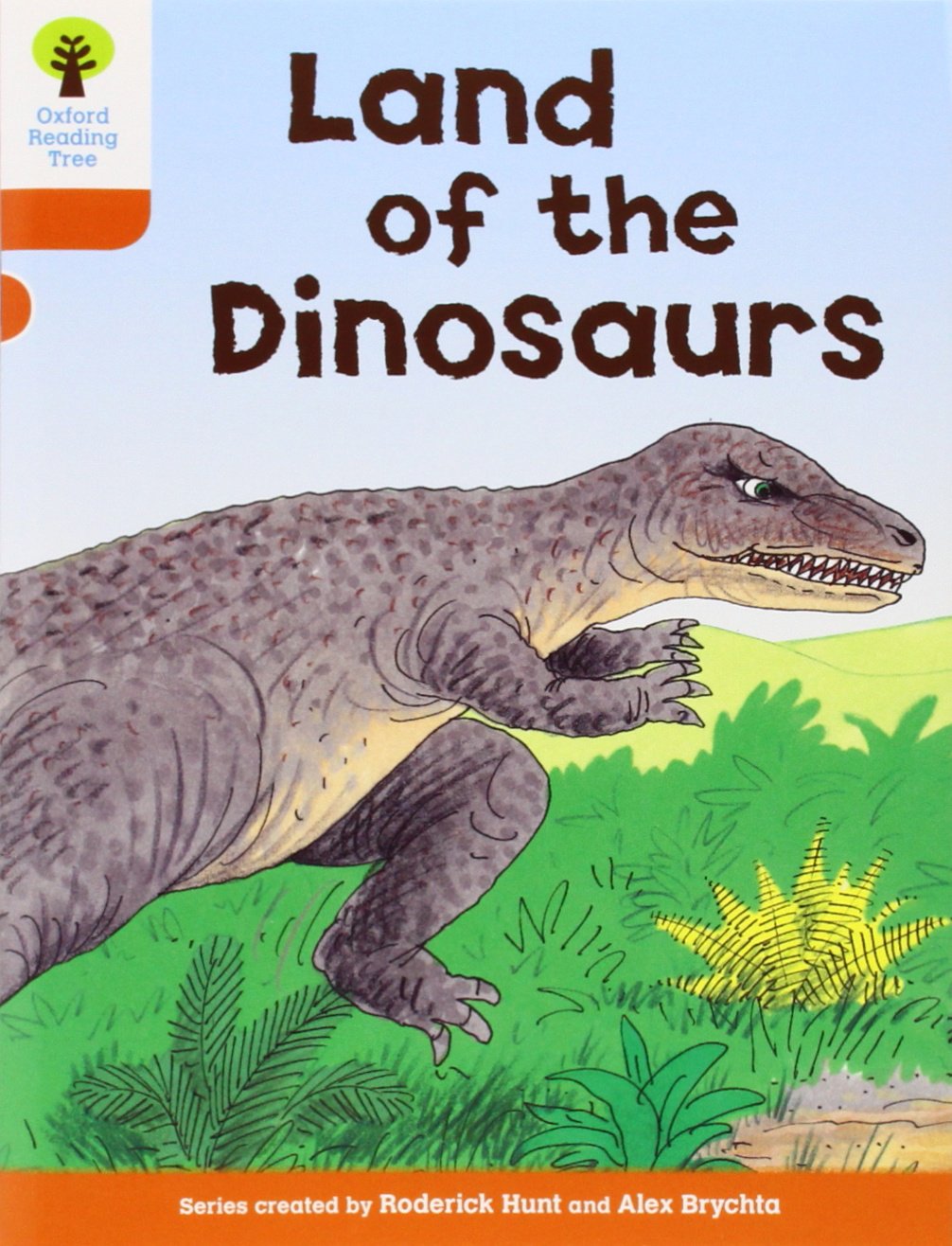About this deal
Alongside seeing the big man himself, the Park is inviting guests to try out their skating skills on its brand-new Glice® rink, which is open until 7 January 2024. It’s a wonderful thing if you can be protecting our planet, and sharing your culture with people,” he says. For the red pandas, keepers hollowed out their pumpkin and filled it with bamboo, which was enjoyed by Lushan’s mum, Mei Lin, whereas the meerkats’ was filled with wriggly meal worms.
What we're left with are basically the seeds of what we have today. Many of the major animal groups that are alive today were in place before the asteroid impact and they all suffered some level of extinction - but the lines that led to modern animals got through,' says Paul. Guests to the Park may spot pumpkins in some of the other animal habitats, on the safari and in the pedestrianised areas, some of which make up spooky photo points for guests to snap a picture. Several researchers support the existence of Paleocene non-avian dinosaurs. Evidence of this existence is based on the discovery of dinosaur remains in the Hell Creek Formation up to 1.3m (4ft 3.2in) above and 40,000years later than the K–Pg boundary. [128] Pollen samples recovered near a fossilized hadrosaur femur recovered in the Ojo Alamo Sandstone at the San Juan River in Colorado, indicate that the animal lived during the Cenozoic, approximately 64.5Ma (about 1million years after the K–Pg extinction event). If their existence past the K–Pg boundary can be confirmed, these hadrosaurids would be considered a dead clade walking. [129] The scientific consensus is that these fossils were eroded from their original locations and then re-buried in much later sediments (also known as reworked fossils). [130] Mammals [ edit ] Largely ignored due to its scrappy nature, the fossil is composed of part of an arm bone plus a few vertebrae. Crucially, however, some of these vertebrae are from close to the hip and show that three of them were sacral vertebrae, and this three-vertebra sacrum is one of the defining features of dinosaurs. The occurrence of planktonic foraminifera across the K–Pg boundary has been studied since the 1930s. [47] Research spurred by the possibility of an impact event at the K–Pg boundary resulted in numerous publications detailing planktonic foraminiferal extinction at the boundary; [34] there is ongoing debate between groups which think the evidence indicates substantial extinction of these species at the K–Pg boundary, [48] and those who think the evidence supports multiple extinctions and expansions through the boundary. [49] [50]The collision would have released the same energy as 100 teratonnes of TNT (420 zettajoules)—more than a billion times the energy of the atomic bombings of Hiroshima and Nagasaki. [8] The Chicxulub impact caused a global catastrophe. Some of the phenomena were brief occurrences immediately following the impact, but there were also long-term geochemical and climatic disruptions that devastated the ecology. [174] [41] [175] a b Vellekoop, J.; Sluijs, A.; Smit, J.; etal. (May 2014). "Rapid short-term cooling following the Chicxulub impact at the Cretaceous-Paleogene boundary". Proceedings of the National Academy of Sciences of the United States of America. 111 (21): 7537–41. Bibcode: 2014PNAS..111.7537V. doi: 10.1073/pnas.1319253111. PMC 4040585. PMID 24821785.
values indicate that prior to the mass extinction, marine reptiles at the top of food webs were feeding on only one source of calcium, suggesting their populations exhibited heightened vulnerability to extinctions at the terminus of the Cretaceous. [99] Giant non-archosaurian aquatic reptiles such as mosasaurs and plesiosaurs, which were the top marine predators of their time, became extinct by the end of the Cretaceous. [100] [101] [102] The ichthyosaurs had disappeared from fossil records before the mass extinction occurred. [103] Archosaurs [ edit ] The dinosaur-killing crash threw huge amounts of debris into the air and caused massive tidal waves to wash over parts of the American continents. There is also evidence of substantial fires from that point in history. Among decapods, extinction patterns were highly heterogeneous and cannot be neatly attributed to any particular factor. Decapods that inhabited the Western Interior Seaway were especially hard-hit, while other regions of the world's oceans were refugia that increased chances of survival into the Palaeocene. [55] Main articles: Cretaceous–Paleogene boundary, Alvarez hypothesis, and Chicxulub crater Evidence for impact [ edit ] Luis, left, and his son Walter Alvarez, right, at the K-T Boundary in Gubbio, Italy, 1981 Late Cretaceous global map ( Turonian) It would not be until the end-Triassic extinction event that occurred 201 million years ago that dinosaurs would finally get their chance.
Quotable quotes
Novel objects such as pumpkins allow our animals to investigate something that looks, smells and feels different. Some species, like our meerkats can use their cognitive skills to find food inside them, whilst other animals such as our tigers, like to stalk and capture them! Enrichment is very important for our young, developing animals. They need varied environments to develop their movement and thinking skills, just like human babies, so it was great to see how each one reacted.” Ogg, James G.; Gradstein, F. M.; Gradstein, Felix M. (2004). A geologic time scale 2004. Cambridge, UK: Cambridge University Press. ISBN 978-0-521-78142-8. Aberhan, M.; Weidemeyer, S.; Kieesling, W.; Scasso, R.A.; Medina, F.A. (2007). "Faunal evidence for reduced productivity and uncoordinated recovery in Southern Hemisphere Cretaceous-Paleogene boundary sections". Geology. 35 (3): 227–230. Bibcode: 2007Geo....35..227A. doi: 10.1130/G23197A.1. a b c d e f Schulte, Peter; etal. (5 March 2010). "The Chicxulub Asteroid Impact and Mass Extinction at the Cretaceous-Paleogene Boundary" (PDF). Science. 327 (5970): 1214–1218. Bibcode: 2010Sci...327.1214S. doi: 10.1126/science.1177265. PMID 20203042. S2CID 2659741. a b c d Pope, K. O.; d'Hondt, S. L.; Marshall. C. R. (1998). "Meteorite impact and the mass extinction of species at the Cretaceous/Tertiary boundary". Proceedings of the National Academy of Sciences of the United States of America. 95 (19): 11028–11029. Bibcode: 1998PNAS...9511028P. doi: 10.1073/pnas.95.19.11028. PMC 33889. PMID 9736679.
 Great Deal
Great Deal 